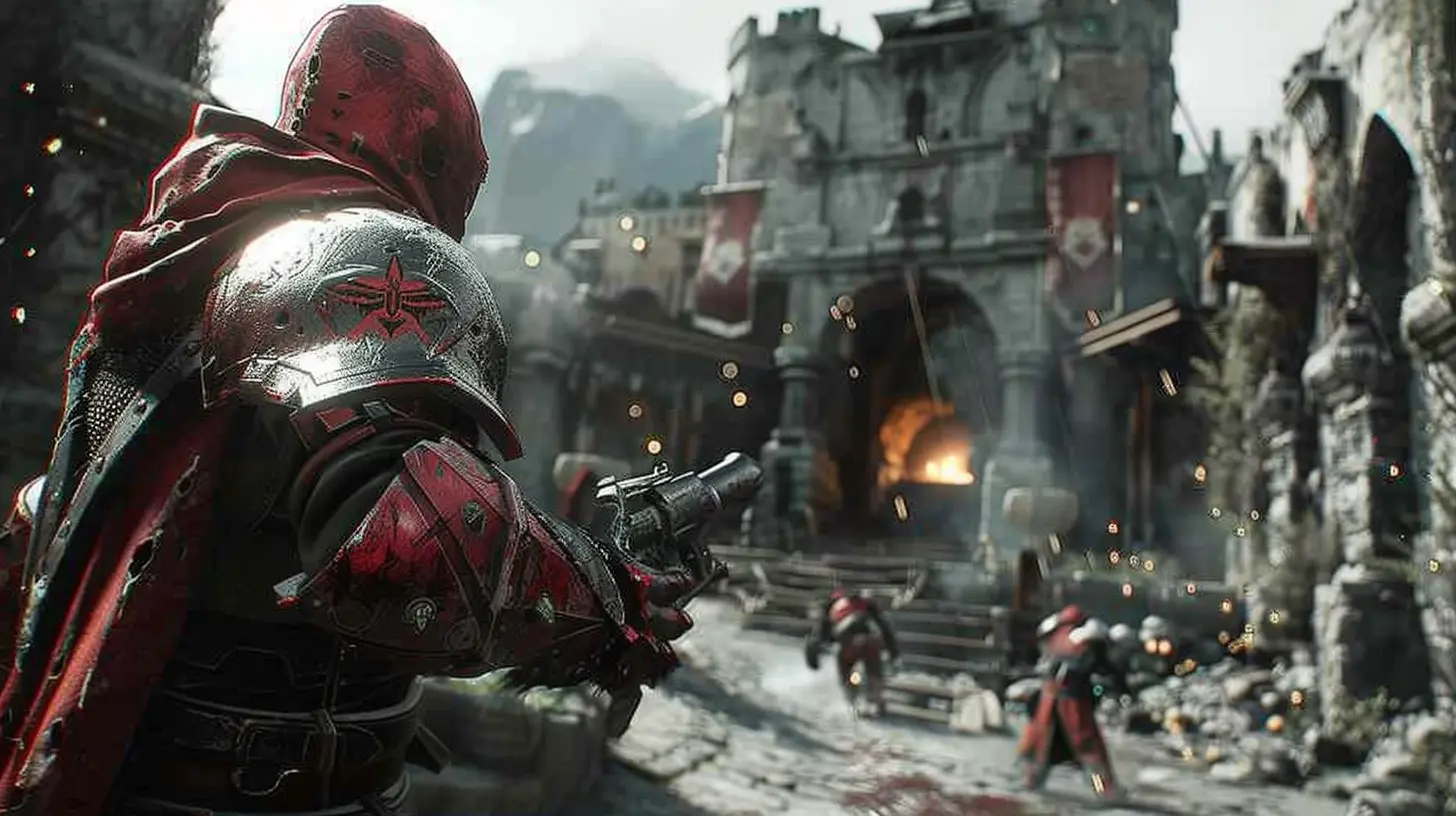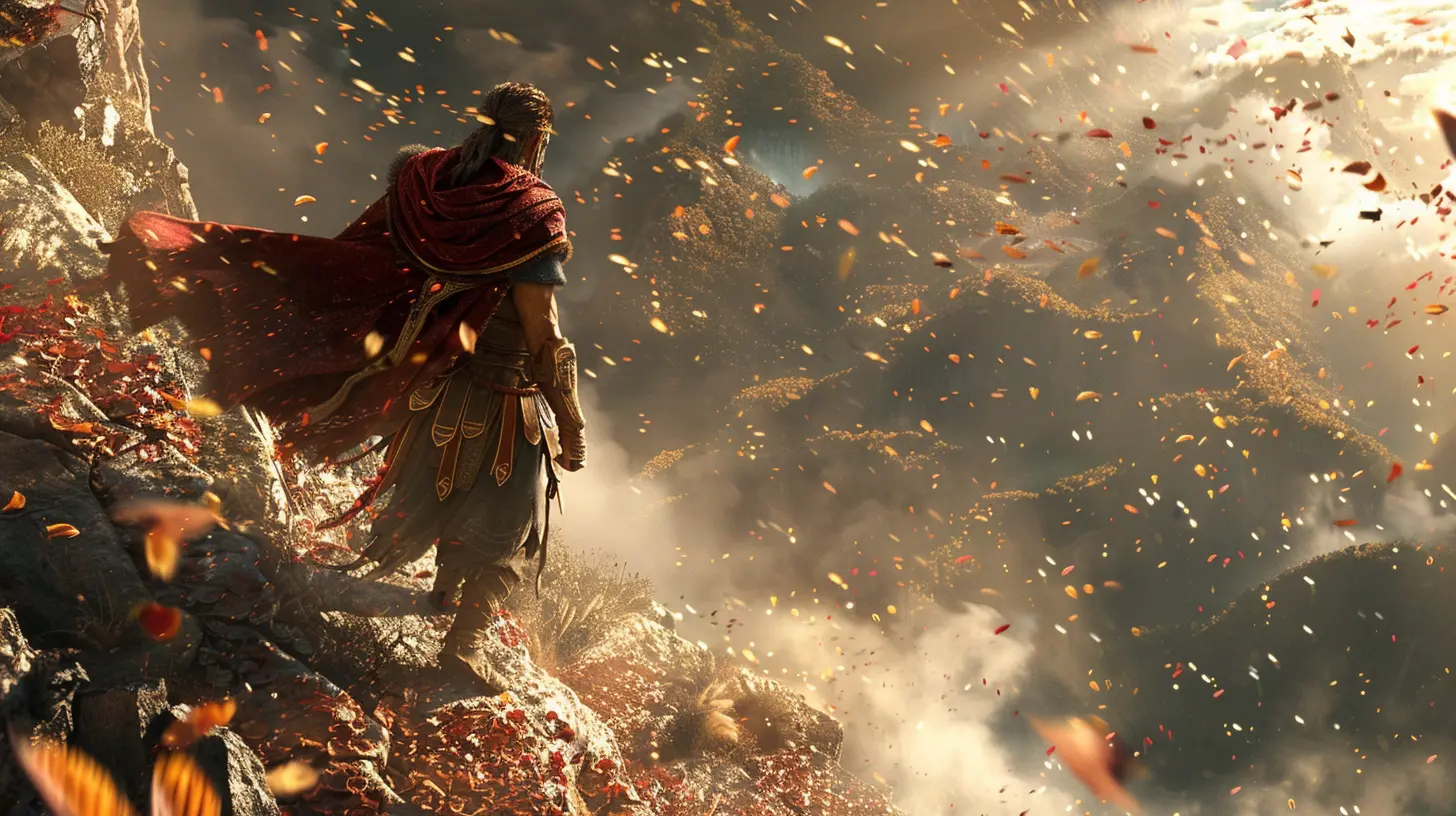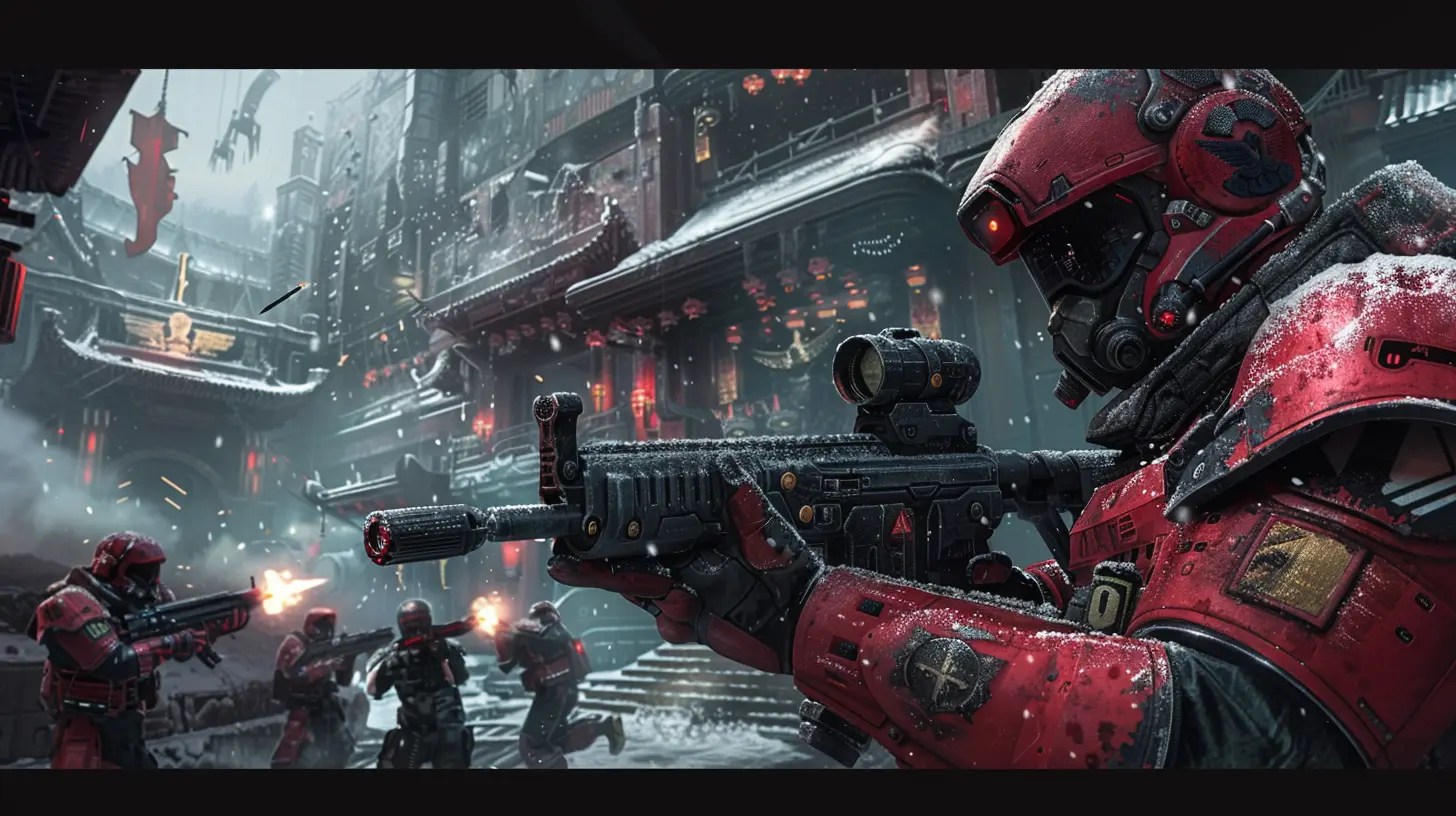Impactful Combat Systems: What Makes or Breaks an Action Game
29 May 2025
Let’s be real here: combat is the heart and soul of any action game. It’s like the drumbeat in a rock song—mess it up, and the whole thing just feels off. Whether it’s dodging attacks in a frantic boss fight or delivering a perfectly timed counterattack, a good combat system can elevate an action game to legendary status. On the flip side, a clunky, uninspired system can make even the most visually stunning game feel like a chore.
But what exactly goes into crafting a combat system that sticks the landing? Why do some games like Dark Souls or Devil May Cry feel so satisfying, while others are forgotten faster than yesterday’s memes? Buckle up, because we're about to dissect the elements that make or break an action game’s combat system.
The Foundation: Fluid Controls and Responsiveness
When it comes to combat in action games, the very first thing developers need to nail is the controls. A combat system can look amazing on paper, but if it feels stiff or unresponsive, players are going to check out faster than a speedrunner at a tutorial level.Think about games like Bayonetta or Sekiro: Shadows Die Twice. These games thrive because every input feels immediate, as if the character is an extension of your own reflexes. Press a button, and bam—the action you expect happens instantaneously. That kind of responsiveness is non-negotiable.
Here’s the kicker: it’s not just about being fast. It’s about consistency. Players need to trust that if they mess up, it’s their fault—not the game’s. If your character feels like they’re wading through molasses while enemies dart around like caffeinated squirrels, it’s game over (and no one even fought the final boss).
Balancing Act: Simplicity vs. Depth
Okay, so the controls are smooth. Now what? Well, the combat mechanics themselves need to strike a delicate balance between simplicity and depth. Let me explain.On the surface, the best combat systems seem simple. You’ve got light attacks, heavy attacks, maybe a dodge or block—nothing too intimidating. But dig a little deeper, and suddenly you realize there’s a whole world of techniques, combos, and strategies to master. It’s like peeling an onion, except this onion keeps getting cooler the further you go.
Take Hollow Knight for example. At first glance, it’s just a bug with a sword hopping around. But as you progress, you start mastering parries, nail arts, spells, and movement abilities. By the end, you’re pulling off maneuvers that would’ve seemed straight-up impossible when you first picked up the game.
Games that fail this balance often veer too far in one direction. Too simple, and players get bored. Too complex, and the learning curve becomes a vertical cliff. The sweet spot is when the system feels approachable for newcomers but still offers enough depth to keep hardcore players engaged for hours on end.
Enemy Design: The Real Test of Skill
Let’s face it, the best combat system in the world means nothing without interesting enemies to fight. Great enemy design isn’t just about slapping a health bar onto a walking tank; it’s about constantly testing the player in new and exciting ways.Every enemy type should force the player to adapt their strategy. Maybe one enemy charges at you like a bull on steroids, while another keeps its distance, pelting you with projectiles. The real magic happens when the game starts throwing these different archetypes at you together. Suddenly, that charging enemy becomes a lot trickier when you’re dodging projectiles at the same time.
And don’t even get me started on bosses. A good boss fight is the ultimate test of everything you've learned so far. Think of bosses like checkpoints for your skill progression—they’re there to make sure you’ve been paying attention. Good bosses are challenging but fair, with clear patterns and tells that give you a fighting chance.
Bad bosses? They’re just damage sponges with random attacks that make you want to throw your controller across the room. And no one wants that. Well, except maybe furniture retailers.
Feedback: Making Every Hit Count
Let’s talk about feedback, because this is where the "feel" of combat either succeeds or falls flat. Every punch, slash, or shot needs to feel impactful. If you’re smacking a demon with a giant flaming sword and it feels like you’re hitting a wet sponge, something’s gone horribly wrong.Games like God of War (2018) absolutely nail this. Every swing of Kratos' Leviathan Axe has weight behind it. The sound design, the screen shake, the satisfying thunk as the axe hits its target—everything works together to make each attack feel like it matters.
Visual cues are another big deal. Sparks flying, enemies staggering, health bars chunking down in a satisfying way—all of this stuff contributes to the dopamine rush that keeps us coming back for more.
Variety Is the Spice of Combat
Nobody wants to do the same thing over and over again, even if it feels amazing. That’s why variety is crucial in keeping combat systems fresh. This can mean a lot of things: introducing new weapons, unlocking new abilities, or even mixing up the types of enemies you face.Take Nier: Automata, for instance. Sure, the core combat is great, but what really keeps the game interesting are the constant shifts in style—from full-on hack-and-slash to bullet-hell shooter segments. These changes keep players on their toes and make each encounter feel unique.
Even within one style of combat, variety matters. A good game will reward you for experimenting with different weapons or combos, rather than punishing you for not sticking to a single overpowered option.
The Intangibles: Atmosphere and Narrative Integration
Here’s the thing—combat doesn’t exist in a vacuum. A fight is only as impactful as the world it takes place in. That’s why a great combat system often works hand-in-hand with a game’s atmosphere and story.Think about Bloodborne. The combat isn’t just about swinging weapons and dodging attacks—it’s about survival in a world that feels hostile and oppressive. The fast-paced, aggressive style of fighting ties into the game’s themes of madness and desperation, making every encounter feel meaningful.
On the flip side, when combat feels disconnected from the narrative, it can break immersion. If you’re fighting hordes of enemies for no apparent reason other than “because it’s fun,” the experience starts to feel hollow. A good game gives you a reason to fight, even if that reason is as simple as protecting what matters to your character.
Common Pitfalls: What Breaks a Combat System
Of course, not every action game gets it right. Here are a few common pitfalls that can break even the most ambitious combat systems:1. Repetitiveness: If every fight feels the same, players will get bored fast. Variety is key.
2. Unfair Difficulty: There’s a fine line between challenging and downright frustrating. Good games let you learn from your mistakes, not punish you for things out of your control.
3. Poor Feedback: If attacks lack weight or enemies don’t react in a meaningful way, combat feels hollow.
4. Bad Camera Angles: Nothing ruins a fight faster than a camera that refuses to cooperate. Looking at you, early 3D games.
Conclusion: The Recipe for Great Combat
So, what makes or breaks an action game’s combat system? It’s a combination of things—fluid controls, a balance of simplicity and depth, engaging enemy design, satisfying feedback, variety, and narrative integration. When all these elements come together, the result is pure magic—a combat system that pulls players in and keeps them hooked for hours.But here’s the tricky part: even if one of these pieces is out of place, the whole thing can crumble. It’s a tightrope walk, and not every game manages to pull it off. That’s why the best action games, the ones we remember for years, are so special. They’re not just games—they’re experiences.
So, next time you’re hacking and slashing your way through enemies, take a moment to appreciate all the thought and effort that went into making those fights feel just right. Because behind every great combat system, there’s a team of developers who refused to settle for “good enough.
all images in this post were generated using AI tools
Category:
Action GamesAuthor:

Tayla Warner
Discussion
rate this article
3 comments
Denise Rios
Great overview of combat systems! I appreciate the emphasis on player feedback and fluidity. Engaging mechanics truly elevate an action game, balancing challenge and satisfaction is key to immersion.
June 20, 2025 at 2:28 PM

Tayla Warner
Thank you! I'm glad you found the emphasis on player feedback and mechanics engaging—striking that balance is indeed essential for a truly immersive experience.
Veronica Hahn
Combat systems are the heartbeat of action games—when they pulse with innovation and balance, they elevate gameplay. But a misstep? That's a quick way to kill immersion and excitement.
June 2, 2025 at 2:50 PM

Tayla Warner
Absolutely! A well-crafted combat system is crucial for maintaining player engagement, while any imbalance can easily disrupt the flow and enjoyment of the game.
Farrah Wolfe
Depth and fluidity: the heart of engagement.
June 1, 2025 at 3:38 AM

Tayla Warner
Thank you! Depth and fluidity are indeed crucial for creating immersive and engaging combat systems that resonate with players.


